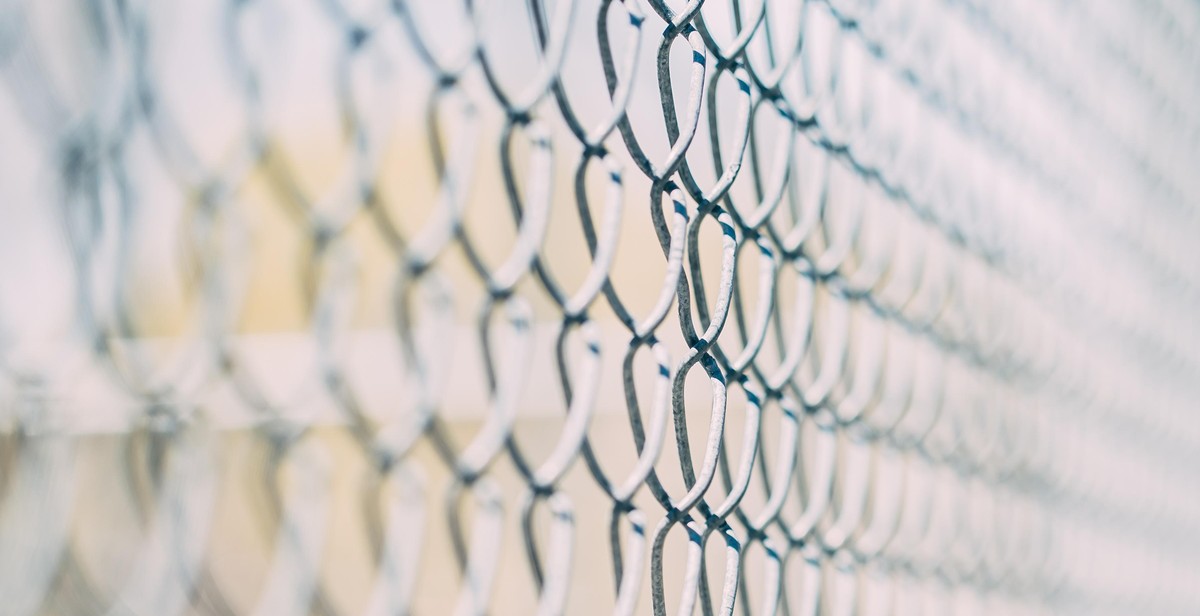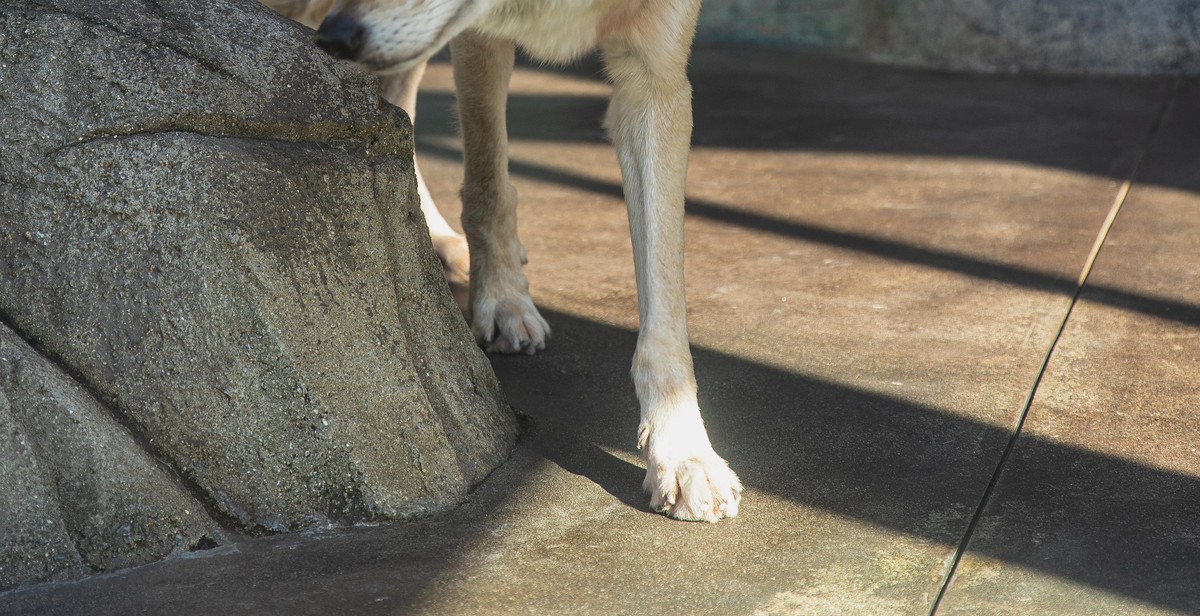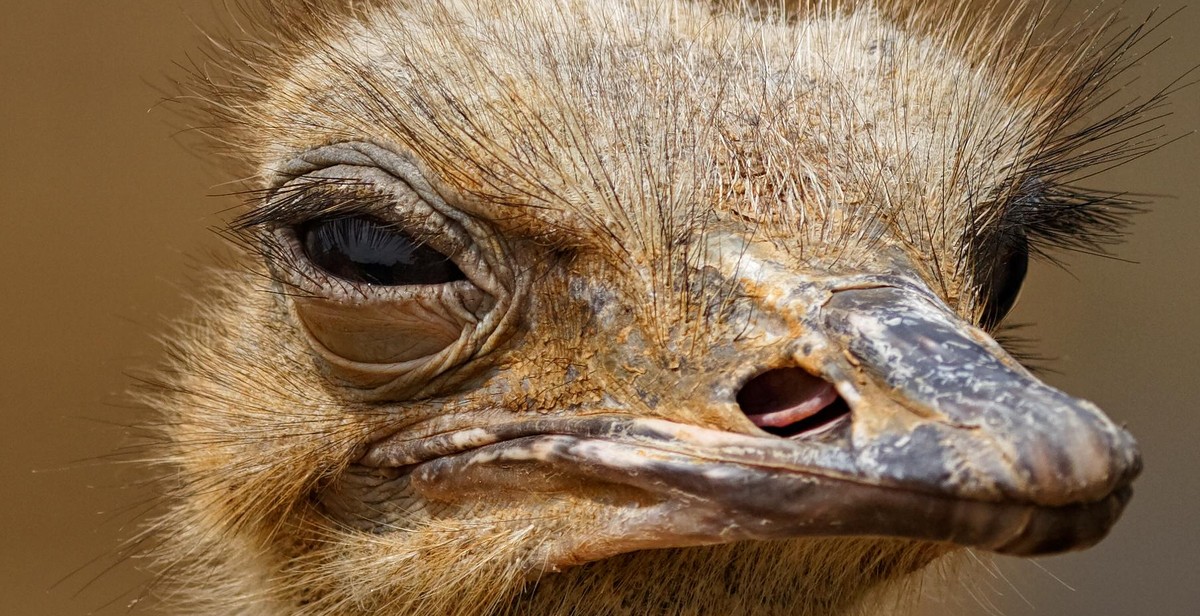How to Build an Ostrich Enclosure: Design and Construction Guidelines for Ostrich Pens
Are you planning to start an ostrich farming business? Building a high-quality ostrich enclosure is crucial for the successful breeding and raising of ostriches. An ostrich pen must provide a safe and comfortable environment for the birds while also being easy to maintain and clean.
Designing and constructing an ostrich enclosure requires careful planning and attention to detail. In this article, I will share with you my personal experience and expertise on how to build an ostrich enclosure that meets the needs of these magnificent birds.
Why a Good Ostrich Enclosure is Important
Ostriches are large, flightless birds that require plenty of space to move around and exercise. They are also sensitive animals that can easily become stressed if they are kept in cramped or unsanitary conditions. A well-designed ostrich enclosure provides a safe and comfortable environment for the birds to thrive in.
Additionally, a high-quality ostrich pen makes it easier for farmers to manage their flocks. A well-constructed enclosure can help prevent the spread of diseases and parasites, reduce feed and water waste, and make it easier to clean and maintain the area.
Designing Your Ostrich Enclosure
Before you start building your ostrich pen, you need to consider several key factors, including the size of your flock, the local climate, and the type of terrain in your area. You should also think about the materials and equipment you will need to construct your enclosure.
In the next section, I will provide you with detailed guidelines on how to design and construct an ostrich enclosure that meets the needs of your birds and your farming operation.

Step 1: Site Selection
Before starting the construction of an ostrich enclosure, it is essential to select the right site. The ideal location for an ostrich pen should be flat, well-drained, and free from obstructions. Here are some factors to consider when selecting a site:
Considerations for Site Selection
- Climate: Ostriches are adaptable to different climates, but extreme temperatures can be harmful to their health. Therefore, it is advisable to select a site that is not too hot or too cold. The ideal temperature range for ostriches is between 50 and 90 degrees Fahrenheit.
- Accessibility: The site should be easily accessible for vehicles, especially if you plan to transport feed, water, and other supplies to the enclosure. It is also essential to ensure that the site is accessible for the ostriches to move in and out of the pen.
- Security: Ostriches are susceptible to predators such as foxes, coyotes, and dogs. Therefore, it is essential to select a site that is secure and protected from such predators. The enclosure should have a fence that is high enough to prevent the ostriches from jumping over and strong enough to withstand any attempts by predators to break in.
- Water Source: Ostriches require plenty of water for drinking and bathing. Therefore, it is essential to select a site that is close to a reliable water source. If there is no natural water source nearby, you may need to consider installing a well or a water tank.
- Soil Type: The soil type is another critical factor to consider when selecting a site. Ostriches require a well-drained area, and the soil should be firm enough to support the weight of the ostriches. Additionally, the soil should not be too rocky or too sandy.
Section 2 Subsection 2
If you plan to keep ostriches for commercial purposes, it is advisable to select a site that is close to the markets where you intend to sell the ostrich products. This will help to reduce transportation costs and ensure that the ostriches are delivered to the market while they are still fresh.
Once you have selected the site, it is essential to obtain the necessary permits from the local authorities before starting the construction of the ostrich enclosure. You may need to obtain permits for zoning, construction, and environmental compliance, among others.
| Pros | Cons |
|---|---|
| Flat and well-drained site | May require permits from the local authorities |
| Close to a reliable water source | May not be easily accessible for vehicles |
| Secure and protected from predators | May be too rocky or too sandy |
| Not too hot or too cold | |
| Close to the markets |
In conclusion, selecting the right site for an ostrich enclosure is crucial for the success of the project. It is essential to consider factors such as climate, accessibility, security, water source, and soil type. Additionally, obtaining the necessary permits from the local authorities is essential before starting the construction of the ostrich enclosure.

Step 2: Designing the Enclosure
Designing the enclosure is a crucial step in building an ostrich pen. The enclosure should be designed to keep the ostriches safe and comfortable while providing enough space for them to move around freely. The following are some important factors to consider when designing an ostrich enclosure:
Fencing and Wall Design
The fencing and wall design is an essential aspect of the enclosure as it keeps the ostriches contained within the designated area. The fence should be at least 7 feet high and made of sturdy materials such as wood or metal. The fence should be dug at least 2 feet into the ground to prevent the ostriches from digging under it. The wall design should be such that it prevents predators from entering the enclosure. The wall should be made of brick or concrete and should be at least 3 feet high.
Watering and Feeding System Design
The watering and feeding system design is also an important aspect of the enclosure. The watering system should be designed to provide fresh water to the ostriches at all times. The watering system should include a large water trough that is accessible to all ostriches in the enclosure. The feeding system should be designed to provide food to the ostriches at all times. The feeding system should include a feeding trough that is accessible to all ostriches in the enclosure.
Shelter Design
The shelter design is also an important aspect of the enclosure. The shelter should be designed to provide shade and protection from the elements. The shelter should be at least 8 feet high and should be made of sturdy materials such as wood or metal. The shelter should be large enough to accommodate all ostriches in the enclosure. The shelter should also have a raised floor to keep the ostriches dry during rainy weather.
| Aspect | Measurement |
|---|---|
| Fence height | 7 feet |
| Fence depth | 2 feet |
| Wall height | 3 feet |
| Shelter height | 8 feet |
Designing an ostrich enclosure requires careful consideration of various factors such as fencing and wall design, watering and feeding system design, and shelter design. By following these guidelines, you can ensure that your ostriches are safe, comfortable, and healthy.

Step 3: Construction
Now that you have designed your ostrich enclosure and acquired all the necessary permits, it’s time to start building it. In this section, we will cover the steps involved in constructing your ostrich pen, including materials and tools needed, building the foundation, installing the fencing and walls, building the shelter, and installing the watering and feeding system.
Materials and Tools
Before you start building, you will need to gather all the necessary materials and tools. Here is a list of what you will need:
- Concrete mix
- Gravel
- Cement blocks or bricks
- Fencing material (preferably 8-foot high chain-link fencing)
- Metal posts
- Wooden posts
- Corrugated metal sheets or wooden planks for the shelter
- Watering and feeding troughs
- Shovel
- Post hole digger
- Level
- Hammer
- Concrete mixer or wheelbarrow
Building the Foundation
The foundation is the most critical part of your ostrich enclosure, and it must be strong enough to support the weight of the fencing and shelter. Here is how to build a solid foundation:
- Clear the area of any debris or vegetation.
- Dig holes for the posts using a post hole digger or shovel. The holes should be at least 2 feet deep.
- Mix concrete and pour it into the holes.
- Insert the metal or wooden posts into the concrete and let it set for at least 24 hours.
- Once the concrete has cured, attach the fencing material to the posts using metal or wire ties.
Installing the Fencing and Walls
Once the foundation is in place, it’s time to install the fencing and walls. Here’s how:
- Attach the fencing material to the metal posts using wire ties.
- For added security, bury the bottom of the fencing at least 2 feet deep to prevent predators from digging under it.
- Build walls using cement blocks or bricks, leaving a gap for the shelter.
- Attach the fencing material to the walls using wire ties.
Building the Shelter
The shelter is where your ostriches will go to rest, eat, and drink. Here’s how to build one:
- Build a frame using wooden posts.
- Cover the frame with corrugated metal sheets or wooden planks.
- Install a door for easy access.
Installing the Watering and Feeding System
Your ostriches will need access to clean water and food at all times. Here’s how to install a watering and feeding system:
- Install watering and feeding troughs inside the shelter.
- Connect the troughs to a water source and fill them with clean water and food.
- Ensure that the troughs are cleaned and refilled regularly.
With these steps, you can build a safe and secure ostrich enclosure that will keep your birds healthy and happy.

Conclusion
Building an ostrich enclosure requires careful planning and execution to ensure the safety and comfort of the birds. From the design to the construction process, every aspect of the project should be done with the welfare of the ostriches in mind.
When designing an ostrich pen, factors such as size, fencing, and shelter should be taken into consideration. The enclosure should be spacious enough to allow the ostriches to move around freely and have access to fresh water and food at all times. The fencing should be sturdy and high enough to prevent the birds from escaping or predators from entering. The shelter should provide protection from extreme weather conditions.
During the construction process, it is important to use high-quality materials and follow proper building guidelines. The enclosure should be built with durability in mind to ensure that it lasts for many years. It is also important to regularly maintain the ostrich pen to ensure the health and safety of the birds.
Overall, building an ostrich enclosure can be a rewarding experience for ostrich farmers or enthusiasts. With proper planning and execution, the enclosure can provide a safe and comfortable environment for the birds to thrive in.
| Pros | Cons |
|---|---|
|
|
